A fun and creative way to customize your pet's personal space might be to spray paint a litter box. With a variety of colors available, it's tempting to bring new life to an otherwise ordinary item.
However, pet owners might question the safety of such a DIY project, especially when considering the toxins that could potentially harm our furry friends.
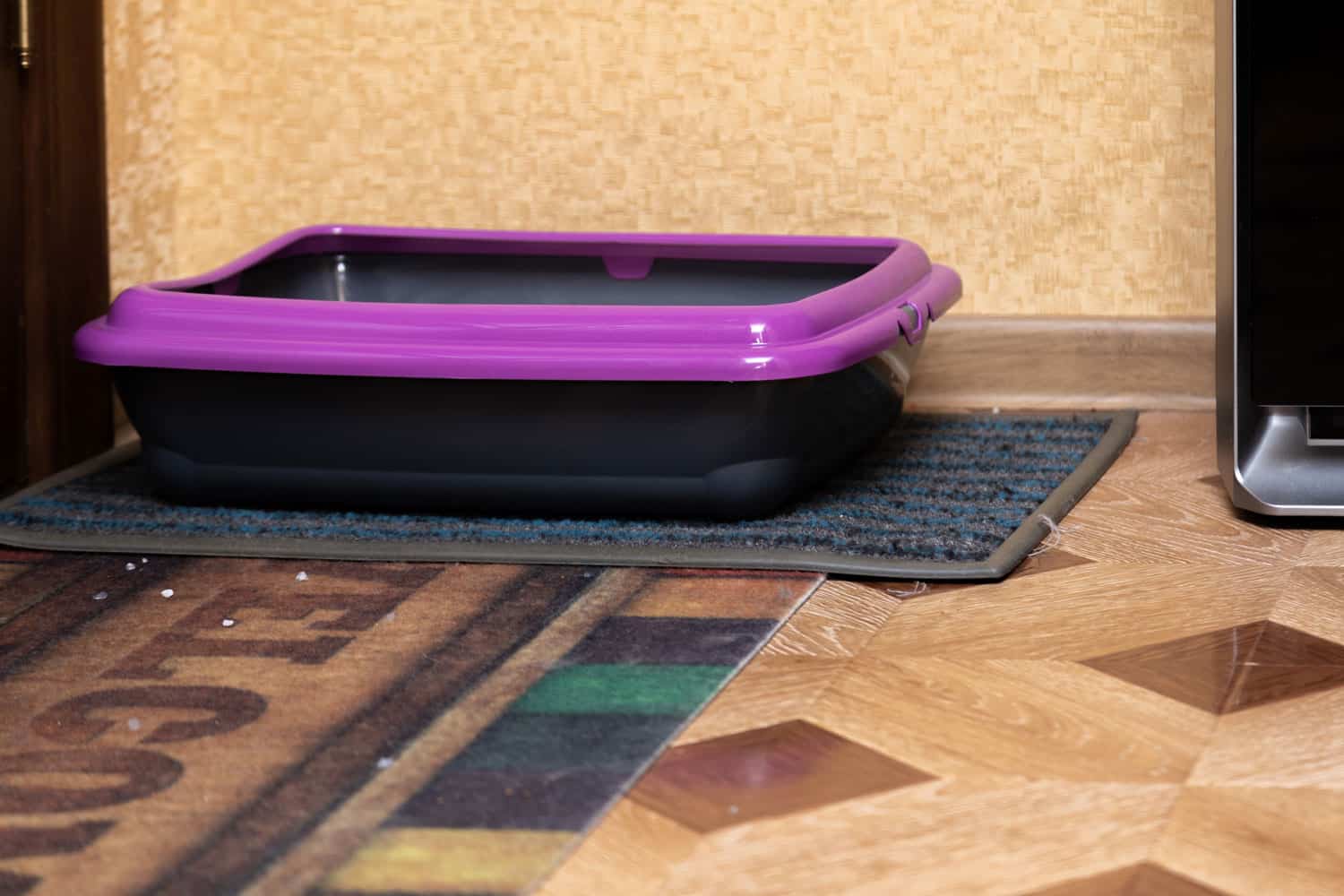
Before you grab that can of spray paint, let's explore the potential hazards and precautions you should take when making this decision.
After all, your pet's health and well-being are important, and ensuring their environment is safe and toxin-free should be a top priority.
With the right approach and a bit of research, you'll be equipped to make an informed decision on whether or not spray painting your pet's litter box is a good idea.
Safety Concerns
Sprucing up your cat's litter box might seem like a good idea, but there are some safety concerns to keep in mind when using spray paint.
We'll discuss the potential risks for your furry friend and what you can do to minimize them.
Cats and Spray Paint
Cats are curious creatures and may be drawn to the smell or appearance of freshly painted surfaces.
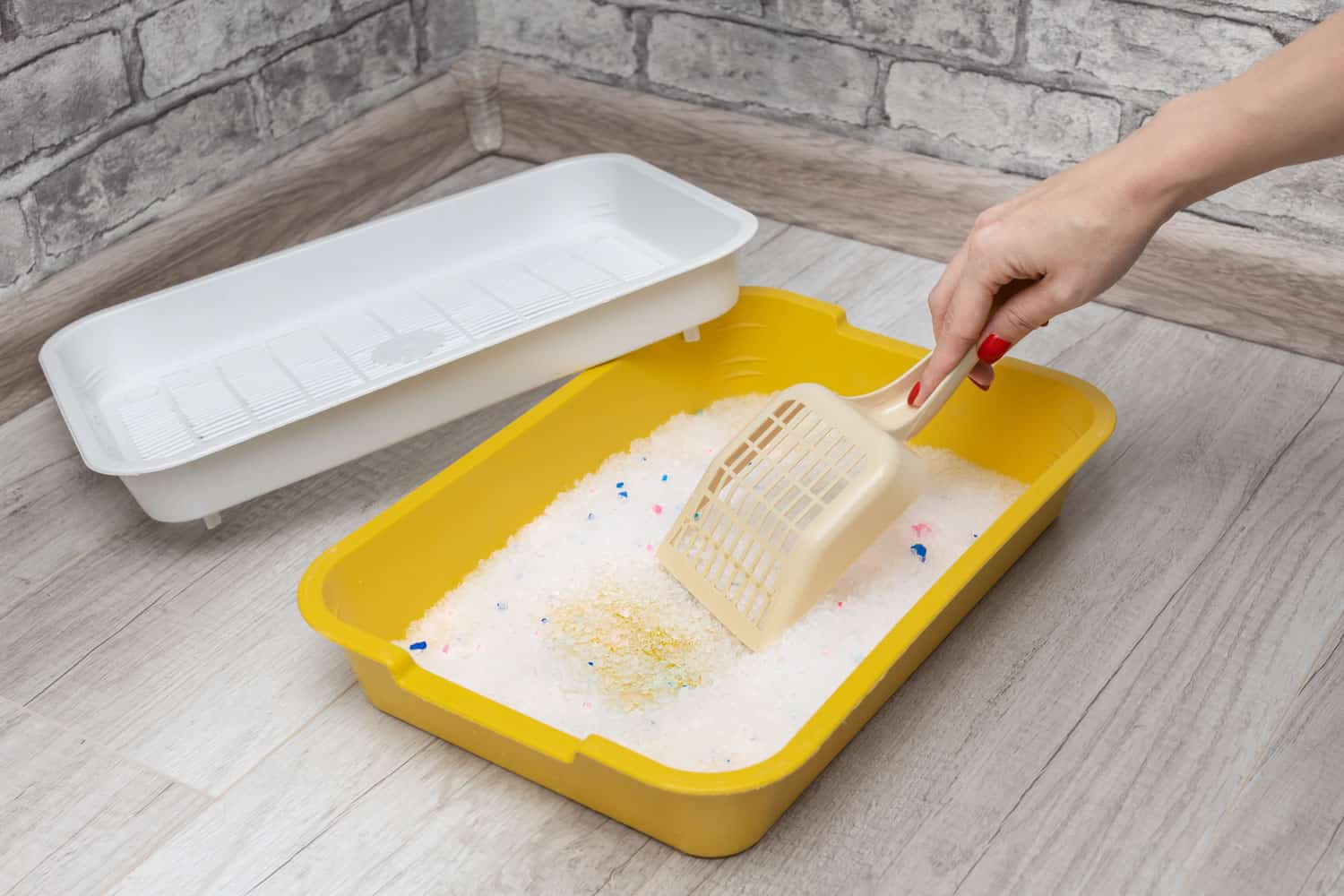
While you're applying spray paint to the litter box, your cat may try to investigate, leading to accidental paint ingestion or contact with their fur and skin.
To keep your cat safe, it's essential to make sure they're not in the room while you're painting and to let the paint fully dry and air out before letting them use the litter box again.
Toxins in Paint
Many paints contain chemicals that can be harmful if inhaled or ingested by your cat.
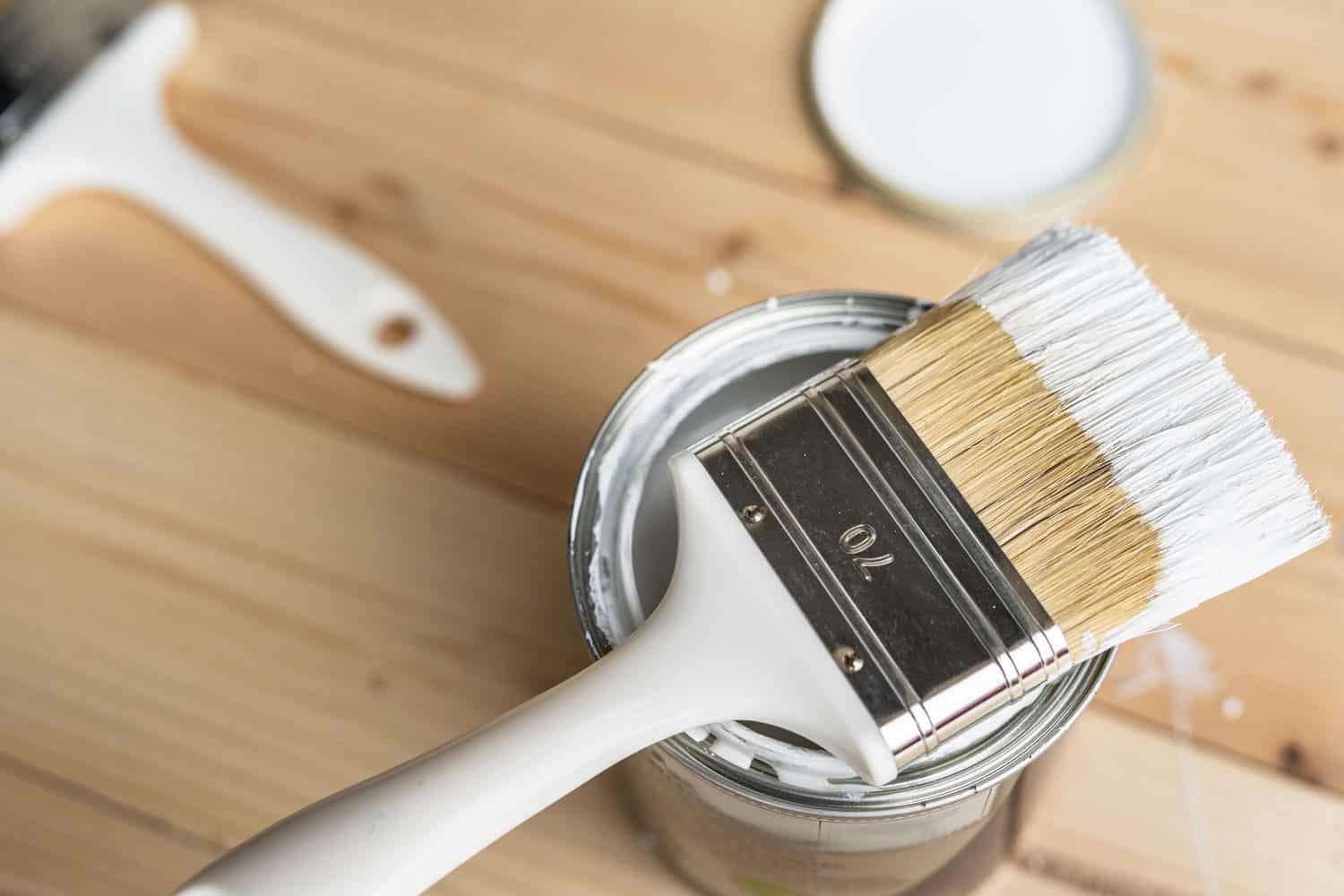
Some common toxins found in paint include volatile organic compounds (VOCs), which can cause respiratory irritation, headaches, and dizziness.
When choosing spray paint for the litter box, look for one labeled as low-VOC or VOC-free.
Click here to see this VOC-free paint on Amazon.
This will minimize the chances of your cat encountering potentially harmful chemicals.
Aerosol Paint and Respiratory Issues
Aerosol spray paints can also pose respiratory risks for you and your cat. When using these paints, the particles can become airborne, making them easy to inhale.
This can lead to respiratory issues, especially if your cat already has a sensitive respiratory system.

To minimize this risk, wear a respirator while painting and make sure the room is well-ventilated.
Additionally, you may want to consider using a non-aerosol paint alternative, such as a brush-on paint, to reduce the risk of respiratory problems further.
Choosing the Right Materials
So, you've decided to give your cat's litter box a fresh look! Before diving right into the project, it's essential to choose the materials wisely.
Types of Paint for Litter Boxes
Not all paints are created equal, and some are more suitable for use in a litter box than others.
Spray Paint
Applying spray paint on plastic litter boxes can be a quick and easy way to revamp their appearance.
Click here to see this set of spray paints on Amazon.
However, it's crucial to choose a spray paint specifically designed for use on plastics. These will adhere to the surface better and are less likely to chip or wear off.
Extra points if you select a paint that is non-toxic, as this will ensure your cat's safety.
Water-based Paint
Switching gears, water-based paints can also be an option for your litter box project. These paints are easy to clean up, as they only require water and some soap.
Click here to see this water-based paint on Amazon.
Additionally, water-based paints are generally non-toxic, making them safe for your cat.
However, keep in mind that applying these paints requires more attention and care compared to spray paints.
Preparation Tips for Painting a Litter Box
Before you start painting, it's important to be well-prepared. Good preparation will make the painting process smoother, and the end result more satisfactory.
Location for Painting
Choose an outdoor location with plenty of ventilation to avoid inhaling paint fumes.
Set up your painting area in a space that is protected from direct sunlight and wind.
This will prevent the paint from drying too quickly or dust from sticking to the wet surface.
Using Gloves and Dust Masks
It's essential to wear disposable gloves and a dust mask when working with spray paint.
Click here to see this bix of disposable gloves on Amazon.
This not only protects your skin from potential irritants but also ensures there are no pesky fingerprints on the freshly painted surface.
Wearing a dust mask helps prevent the inhalation of paint particles, keeping you safe and healthy during the process.
Click here to see this dust mask on Amazon.
Cleaning the Litter Box Before Painting
Before you begin painting, give your litter box a thorough cleaning to remove any dirt, bacteria, and odor.
Empty the contents and use a mild detergent to scrub all surfaces, paying extra attention to any crevices or holes.
Click here to see this detergent on Amazon.
Rinse the litter box thoroughly and allow it to air dry completely. This guarantees a smooth, clean surface for better paint adhesion and a flawless finish.
Process of Painting a Litter Box
Before diving into the process of painting a litter box, it's essential to consider the safety of your furry friend.
Painting a litter box can be a fun and creative way to give it a fresh look while maintaining a clean and comfortable space for your cat.
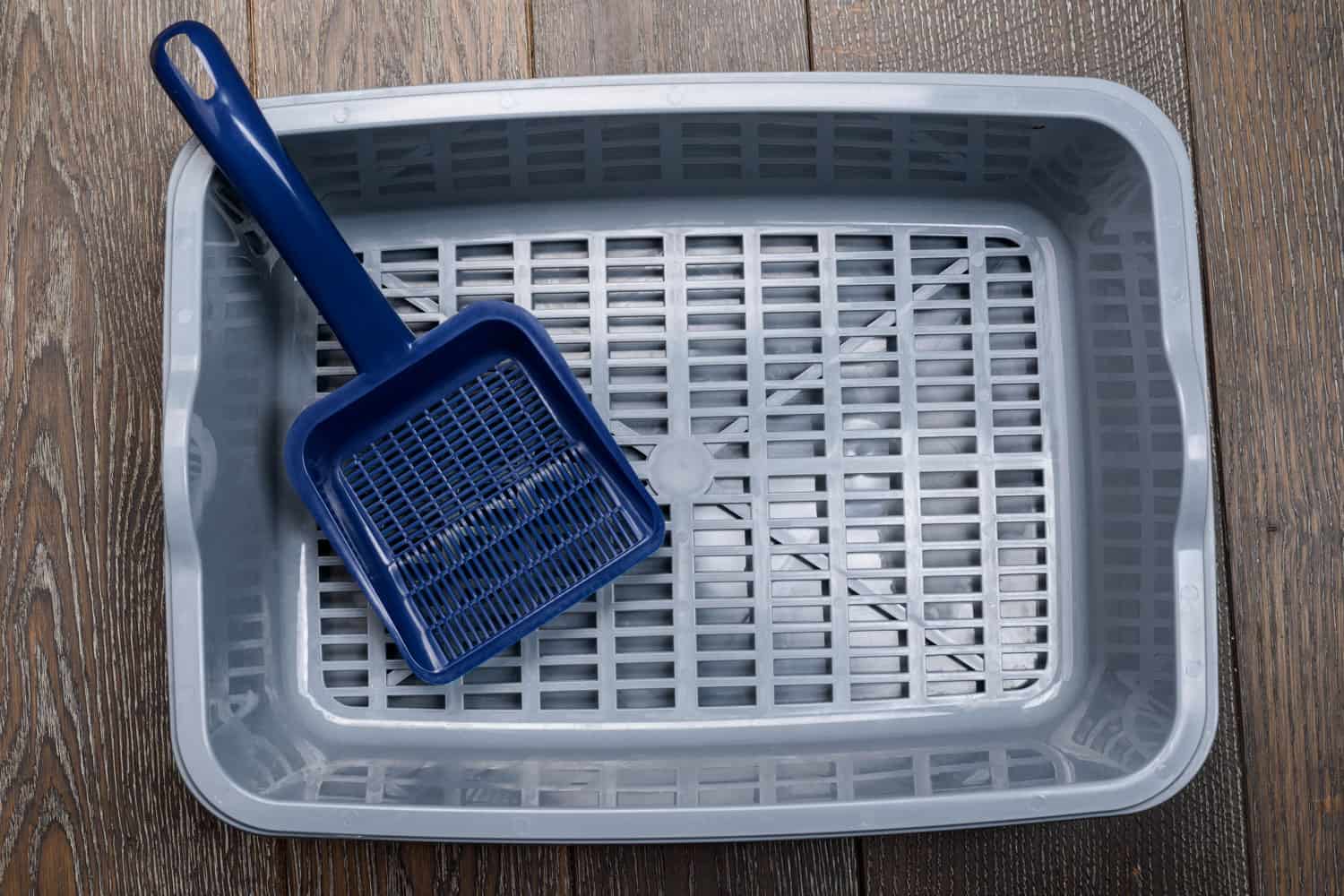
Let's explore some techniques and precautions to ensure a successful painting project.
Painting Techniques
For a smooth and even finish on your litter box, using a sponge is an excellent option. Sponges can easily cover all surfaces without leaving streaks or brush marks.
Click here to see this painting sponge on Amazon.
Apply a coat of primer if you are using a dark-colored litter box to ensure a uniform foundation.
Click here to see this primer on Amazon.
Once the primer dries, you can apply your chosen paint color using the sponge. Dab the sponge gently onto the surface, covering all areas evenly.
You may need to apply multiple coats to achieve the desired coverage and vibrancy, but always allow each coat to dry between applications.
Drying and Fumes
It's essential to give the paint adequate time to dry before allowing your cat to use the litter box.
Depending on the type of paint and environmental conditions, drying times can range from a few hours to a full day or more.
To speed up the drying process, place the painted litter box in a well-ventilated area, preferably outdoors. This will also reduce the risk of fume exposure for you and your cat.
Vapors Disposal
Proper disposal of painting materials is crucial for you and the environment's safety.
Responsibly dispose of any used paint materials, such as sponges, paint cans, or brushes, by following local waste disposal guidelines.
If you use oil-based paint, handle the paint thinner carefully, as well.
Reuse paint thinner by setting the used thinner aside to settle out paint particles, then reuse the liquid and dispose of the settled material appropriately.
Is Spray Painting a Litter Box Safe for Pets?
When choosing paint for a litter box, consider all pets, including cats and rabbits.
The safety of paint can vary across species depending on the type of paint and your pet's sensitivity. It's crucial to research any product before use.
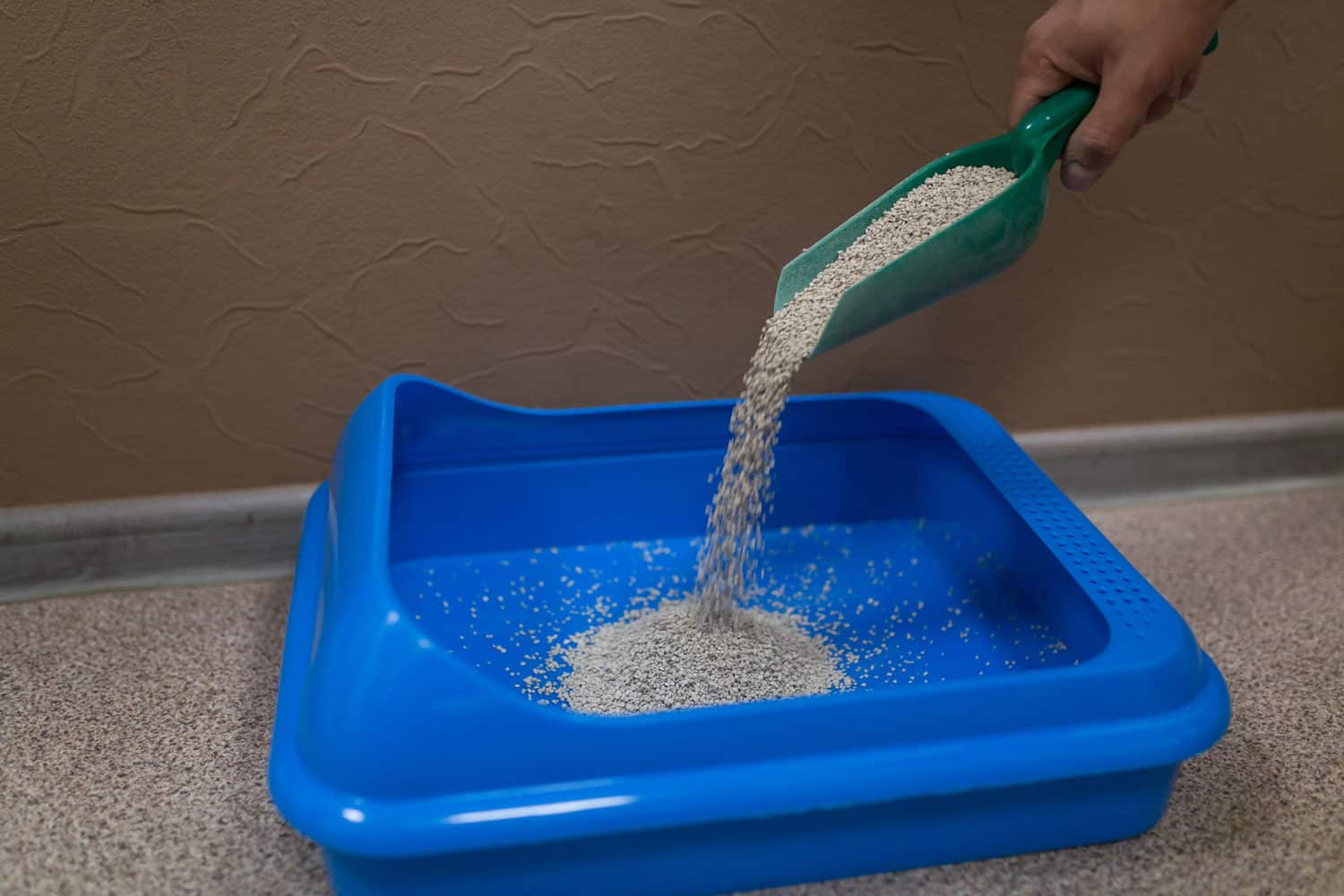
To ensure safety, adhere to the guidelines previously discussed. Even if a DIY litter box project seems fun, prioritize your pet's safety.
Consult your veterinarian if unsure about the right products or techniques, or consider buying a new litter box if needed.
Click here to see this litter box on Amazon.
A safe and happy environment is essential for your pet's well-being.
Prioritize Safety in Your DIY Litter Box Makeover
We've concluded our guide on safely spray painting a litter box. Remember, safety is key when upgrading your pet's space.
This information prepares you to improve your pet's litter box responsibly.
You're now ready to combine creativity with safety, ensuring your pet enjoys its refreshed space.
Always keep your pet's comfort and well-being in mind during your painting project. Happy painting!
You may be interested in some of the litter box topics we have below.












